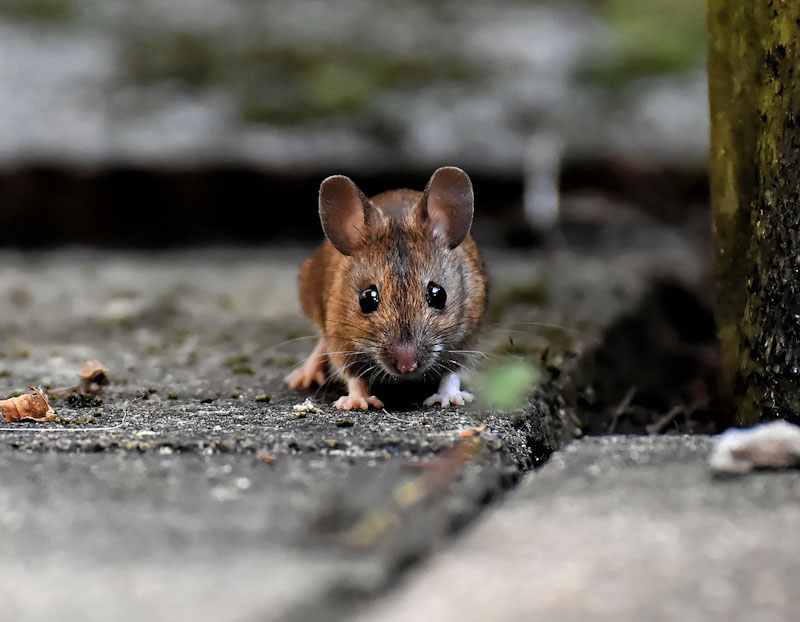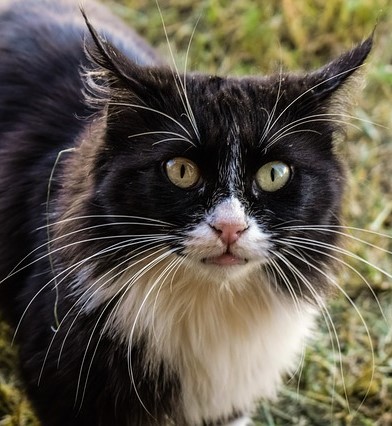Small mammals in the pest-control spotlight
We still have a lot to learn about the fundamental ecology of some pest species that aren’t included in the “Predator Free 2050” efforts, says a Manaaki Whenua researcher.

Wildlife ecologist Dr Chris Jones has written a report looking at stakeholder needs when it comes to the control of feral cats, mice and hedgehogs.
As part of the Small Mammal Research Collective, set up under the BioHeritage Challenge, Chris surveyed pest control managers and researchers on their perceptions of needs when it came to these three species.
Chris says “Despite the excellent work being done by Predator Free 2050-linked initiatives, there are other predator species beyond the PF2050 ‘big three’ (rats, stoats and possums) that we as managers and researchers need to ensure we have the knowledge and tools to manage.”
To identify the most pressing issues, Chris surveyed representatives from DOC, regional councils, Predator Free 2050, Predator Free NZ Trust, Zero Invasive Predators, Te Tira Whakamātaki, BioHeritage, mainland sanctuaries and research institutes.
Survey participants identified needs common to all three species, such as cheap, reliable camera traps and an understanding of the social challenges of controlling each species.
There were also unique needs for each area of pest management.

Effective traps designed specifically for feral cats was the “most frequently mentioned need” in the survey. These traps need to be able to exclude non-target animals and be capable of operating in a range of New Zealand environments, among other criteria.
Stakeholders were also supportive of continued PAPP (para-aminopropiophenone) advancement and the development of a long-life cat lure.
When it came to mice, being able to detect individuals at low densities or activity might be supressed when rats were present were the most common monitoring needs.
Participants also recognised the limitations of brodifacoum (often used for mouse control) and the need to develop other effective toxins for this species.
In the report Chris describes how, over recent years, hedgehogs have gone from being considered “by-catch” in pest control operations, to a target species.
How best to manage these European imports is still unknown and stakeholders idenitified a need for standardised protocols for both hedgehog control and monitoring.
Chris says effective control tools and strategies depend on a deep understanding of how target pests behave and how they interact with the species around them.
He hopes the results of this survey will help researchers prioritise their efforts to better support the management of these often-overlooked pests.
You can read the full report here.
Posted October 2019